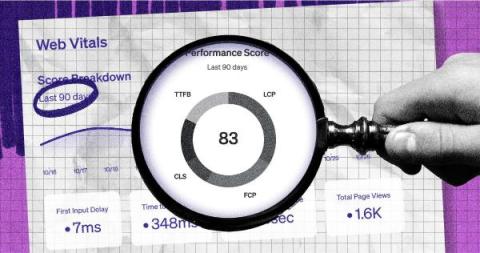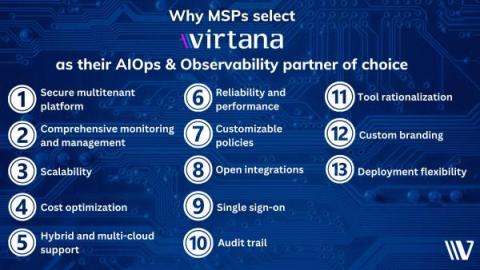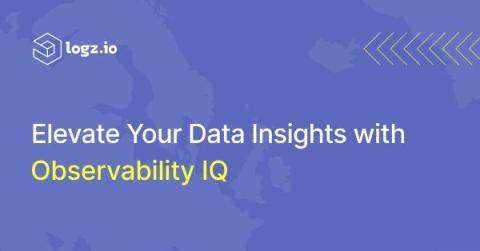Completing the Kubernetes Monitoring Puzzle
Kubernetes has changed the way many organizations approach the deployment of their applications. But despite its benefits, the additional layers of abstraction and reams of data can cause complexity around Kubernetes monitoring. We’ve seen so much of these challenges borne out in the results of the 2024 Observability Pulse survey. In the survey report, 36% of respondents say Kubernetes poses a challenge, and just 10% of organizations say they have full observability into their environments.











